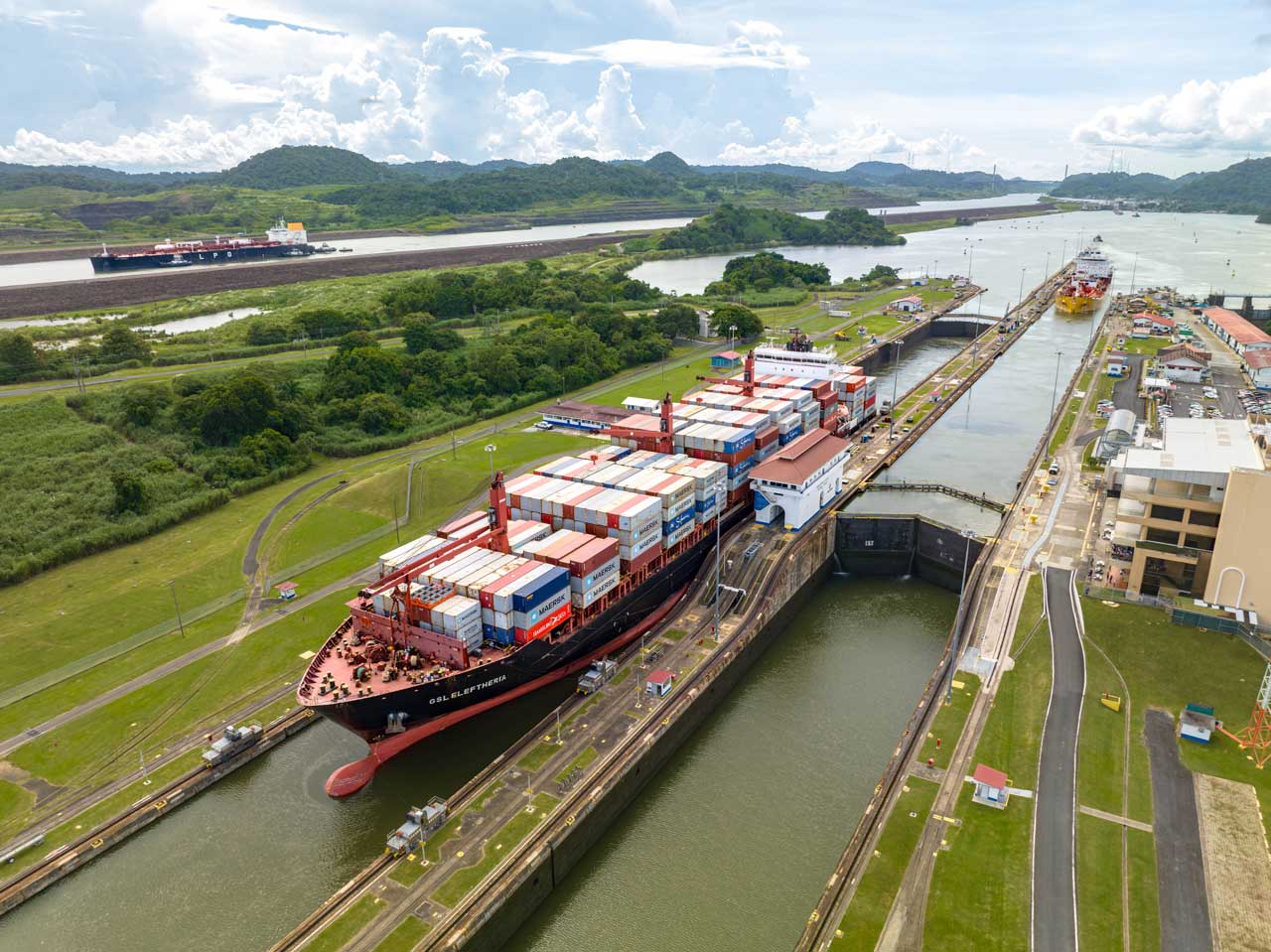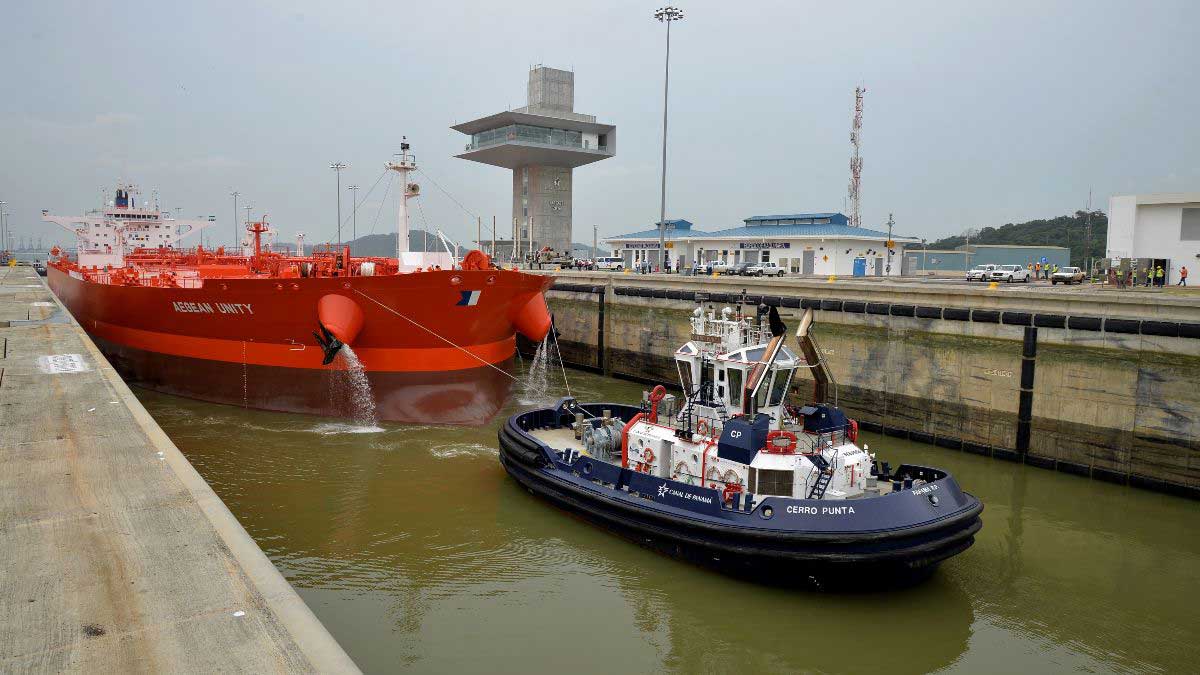- Project concluded a year before schedule
- Costs, originally estimated at US$600 million, were under US$300 million
Panama, November 7, 2001. Completed a year ahead of schedule, the Culebra Cut Widening Program will increase the Panama Canal’s operating capacity by 20 percent, it will enable the simultaneous transit of two Panamax-type vessels and it will allow for a more flexible traffic scheduling of vessels in the waterway.
In a simple ceremony attended by former Canal administrators, Fernando Manfredo and Gilberto Guardia, Administrator Alberto Alemán Zubieta conceded Gilberto Guardia the honor of operating dredge Christensen for the final shovelful, at the precise historical site which had constituted the greatest challenge for the construction workers of the waterway.
On July 4th, the Panama Canal Authority (ACP) had wrapped up the drilling and blasting portion of the Cut’s widening program. On August 16, the last shovelful of the land-based wet excavation project was accomplished by excavator LIEBHERR. A total of 23.2 million cubic meters of dry material and 12 million cubic meters of wet material were removed.
The completion of the project widens the narrowest passage of the Panama Canal from 152 meters to 192 meters along straight stretches and up to 222 meters on curves. Originally scheduled to be concluded in 2012, the Culebra Cut project was sped up by more than 10 years to December 31, 2002, in order to meet increasing traffic demands.
Only the signaling work is pending for the Culebra Cut widening and it will be ready by the end of next year. The widening is part of the Canal’s $1-billion modernization and improvement program, and merely under $300 million were invested in this project, originally estimated to cost more than $600 million.
During the Canal’s construction, the Culebra Cut was the portion which required the greatest volume of excavation and it has been the site where the biggest landslides have occurred throughout its history. This part of the navigational channel is approximately 12.5 kilometers long, and here mostly rock and slate were excavated during the waterway’s construction.




